
- AT A GLANCE…
- FARM – Fazenda Pântano
- ALTITUDE – 1150masl
- LOCATION – The Cerrado, Minas Gerais
- PREPARATION – Pulped Natural
- VARIETY – Yellow Bourbon & Acaia
- OWNERS – The Ferrero Family
- CERTIFICATION – Rainforest Alliance
- HARVEST – May – July
- SHIPMENT – August – February
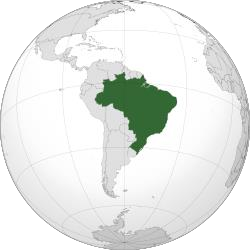
Brazil is South America’s most influential and economically powerful country and one of the world’s largest economies. During the last few years great strides have been made in lifting millions out of poverty across the country. Coffee was introduced to Brazil in 1720 in the southern state of Paraná and has become the powerhouse of the coffee world accounting for more than a third of all coffee produced. Legend has it that at that time the Brazilian government had wanted a cut of world coffee production and sent Lt. Col. Francisco de Melo Palheta to French Guiana on the pretence of mediating on a border dispute. Aware that he would not be allowed to visit the fort-like coffee plantations, the lieutenant instead used his charms to woo the first lady of Guiana and encouraged her to give him the seedlings he also desired. Unable to resist his charms, she presented him with a bouquet spiked with coffee seeds at a farewell banquet held in his honour. Whether sex and deceit can really be attributed to Brazil’s introduction to coffee cannot be proved but there can be no doubt that now, in the 21st century, Brazil’s dominance in world production is unrivalled. Annual crops as high as 60 million bags are becoming common place.
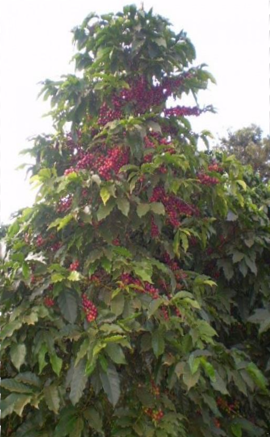
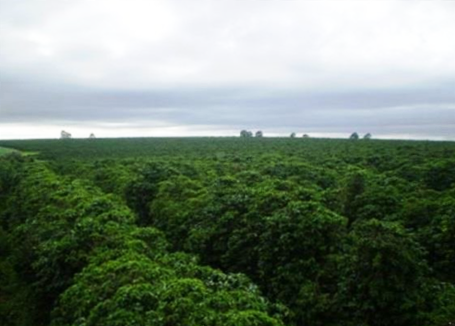 Coffee plantations cover about 27,000 km2 (10,000 sq mi) of the country; of the approximately six billion trees, 74% are arabica and 26% robusta. The states of Minas Gerais, São Paulo and Paraná are the largest producers due to suitable landscapes, climate and rich soil. Most plantations are harvested in the dry months of May to July.
Coffee plantations cover about 27,000 km2 (10,000 sq mi) of the country; of the approximately six billion trees, 74% are arabica and 26% robusta. The states of Minas Gerais, São Paulo and Paraná are the largest producers due to suitable landscapes, climate and rich soil. Most plantations are harvested in the dry months of May to July.
In a country so enormous and with so much choice, it is tough to decide which beans to select but we liked the idea of working with the Ferrero family since they have farms in the Cerrado (in Minas Gerais) and Mogiana. We have chosen pulped natural yellow bourbon from Fazenda Pântano in Minas Gerais.
FAZENDA PÂNTANO PULPED NATURAL YELLOW BOURBON
Fazenda Pântano is located in the Cerrado close to the city of Patos de Minas at an altitude of 1,150 meters and covers a total area of 600 hectares. More than100 hectares of the land are allocated for permanent natural forest reserves, a legal requirement under Brazilian law. The yellow bourbon cherries are picked and pulped and then immediately dried on African style raised beds for air drying. This results in a cleaner cup than natural processed coffee, with brighter notes and a lighter body but with greater complexity. All processing takes place on the farm and the coffee is only hulled at the point of export and packed into grain pro sacks in order to preserve flavour and freshness. The farm supports a local school and also funds various training schemes and courses for its staff. It is certified by the Rainforest Alliance. 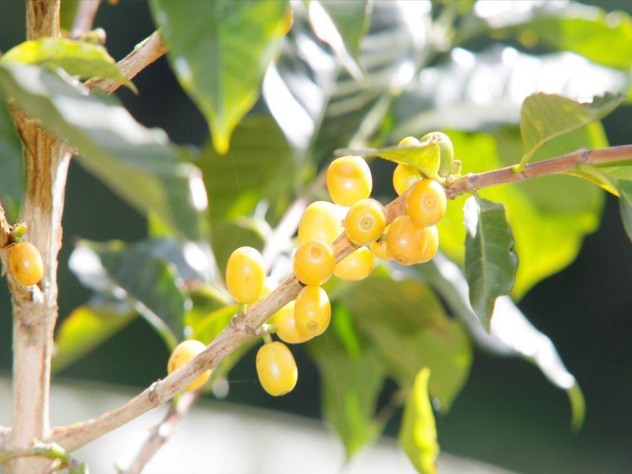
CUP PROFILE – FAZENDA PÂNTANO
Acidity – 7 to 7.5
Mild acidity, pleasant
Sweetness – 8 to 8.5
Excellent sweetness with more sugars being absorbed from the pulp
Character – 8 to 8.5
Plum-like, berries, chocolate on the darker side.
Body – 8 to 8.5
Medium to full body depending on the roast.
Balance – 7.5 to 8.5
Good balance, roast permitting
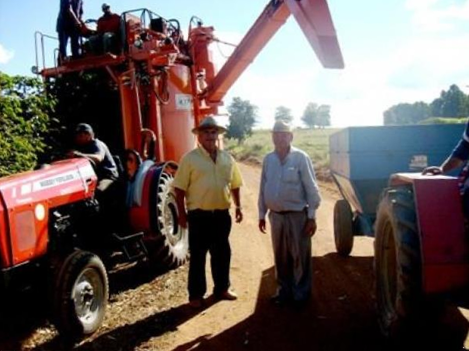
RILEY’S APPRAISAL
“For me pulped naturals offer something different. There is plenty of sweetness but less acidity than the washed coffees of Brazil and they tend to offer much greater balance and a little more body too, depending on how you roast them. There are layers of varying flavours within this coffee and it is worth cupping from hot to cool as the flavour picture changes throughout. Look out for orangey sweetness and light cocoa notes at medium. Then go a little darker to develop chocolate and almonds but with some of the orange tang remaining in the cup. Often these pulped coffees become a little jammy in character and I love the way they work in blends. In creating espresso blends I like to bring some naturals and pulped naturals together as I want loads of character but some good crema too and this tends to work really well if you get the roast and proportions just right. Is this coffee a good single drinker? Certainly but it will contribute hugely to blends too. Be creative and experiment – you will not be disappointed.”
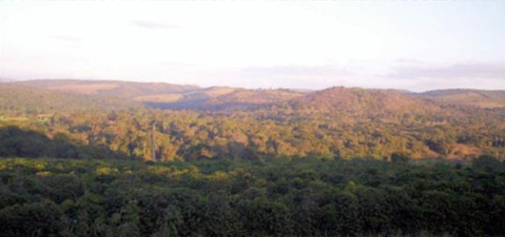
Leave a Reply